prezes13
Minister of Fire
When I am reloading(stove still throws heat and have nice bed of coals) I open my primaries full(bottom knob all the way in) open my bypass (top knob all the way out) rake coal towards the front load the stove. Now depends on the stove temperature I let it all catch all on fire with the primaries fully open or I start shutting them down right away but not completely. I do it in stages until I have nice secondaries going and I am sure I am not chocking stove too much.


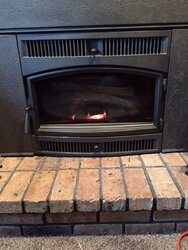
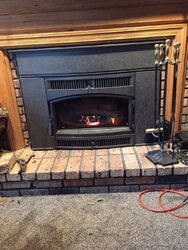
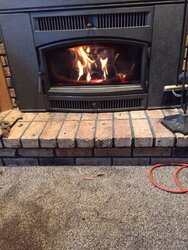
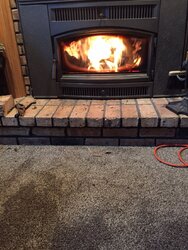
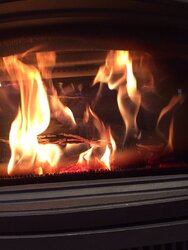
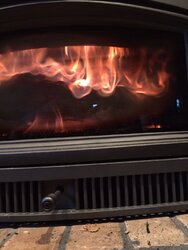
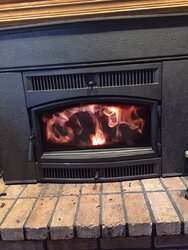
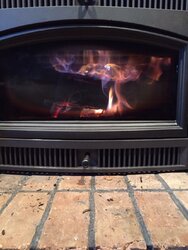
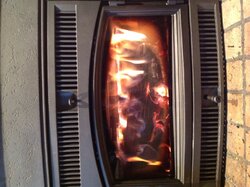
 . Also I am not burning on high. Probably half way open. Maybe closing air down the secondaries are working better?
. Also I am not burning on high. Probably half way open. Maybe closing air down the secondaries are working better? . I am wondering though if it still isn't burning real good because it seems to me that I have a lot of "charcoal" instead of ash. It's like the coals don't burn all the way. Is this normal or should I have more ash ?
. I am wondering though if it still isn't burning real good because it seems to me that I have a lot of "charcoal" instead of ash. It's like the coals don't burn all the way. Is this normal or should I have more ash ?